Tag: Video
-
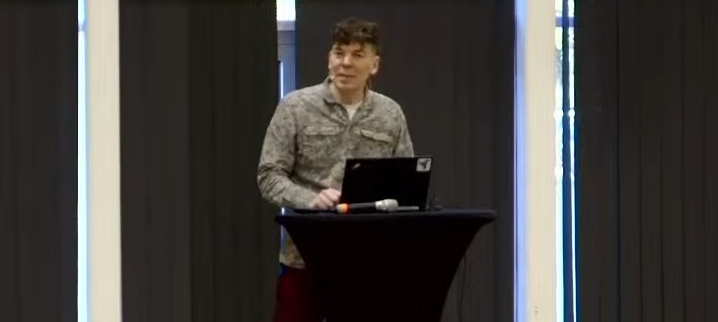
Jaakko Stenros: Retrospective: Documentation, Community, and Research
in
In the Knutepunkt scene there is a history of larp designers and producers giving retrospectives, where they discuss all of their work. In this talk, here presented in two parts, Dr Stenros takes that format and expands it to other aspects of the community. He gives an overview of the work he has done around
-
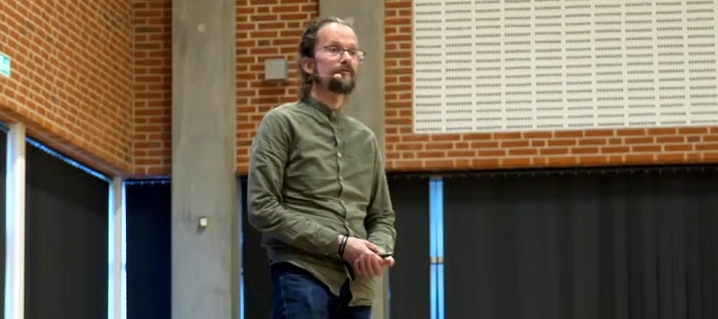
Elements of Larp Design
in
What is it larp designers actually design? How do players actually respond to design decisions? Are there any truths that apply to all the different kinds of larp design? Eirik Fatland presents his unpublished yet influential mid-level theory.
-
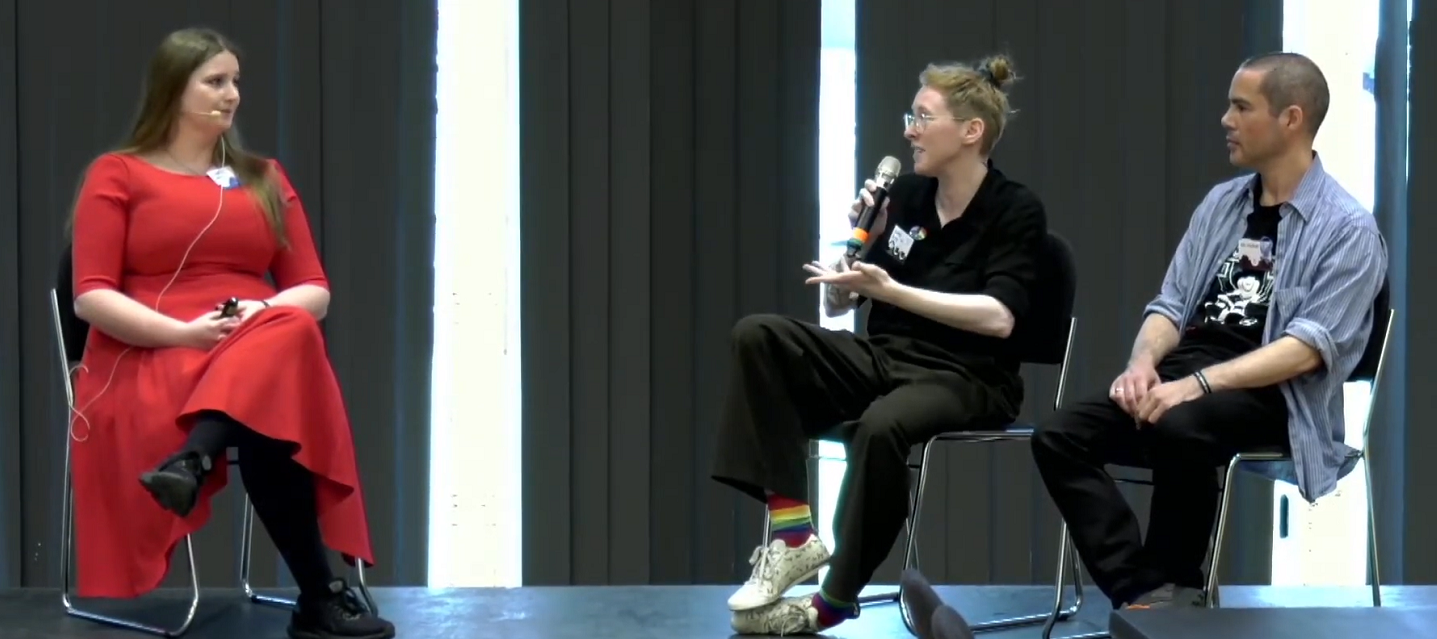
Bringing Larp to the Larpers
Katrine Wind has worked with local producers to re-run Daemon in different countries. In this presentation she shares her experiences together with some of the collaborators: Sandy Bailly who is the producer of the Belgian run and Mo Holkar who is the safety person.
-
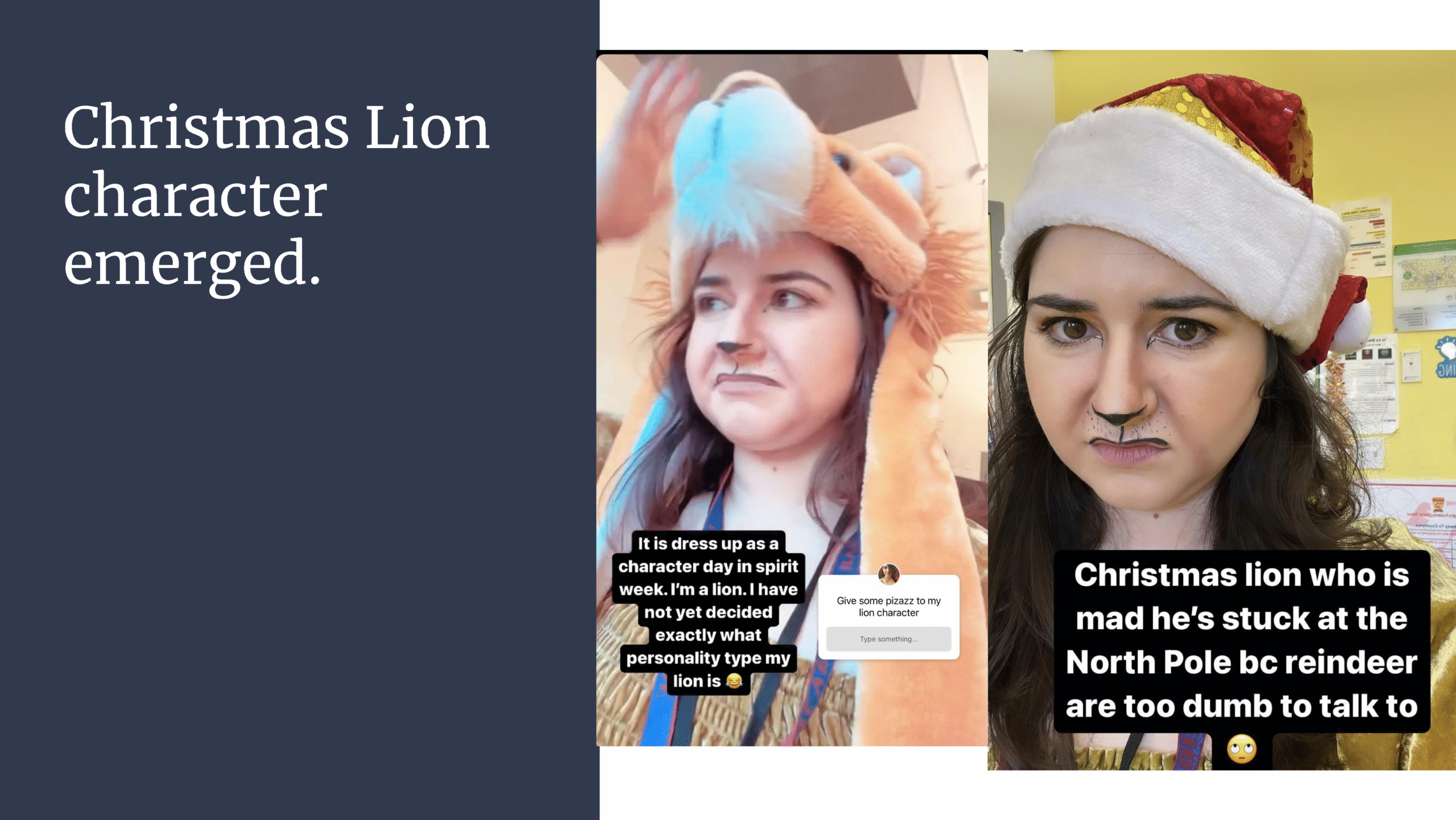
Adding Larp to a Drama Teacher’s Curriculum – Year 1
Lindsay Wolgel is an professional actor and edu-larp enthusiast. She is currently the middle school drama teacher at a charter school in NYC. Learn about the ways she incorporated larp into her curriculum this past year, via in-class parties, a classroom podcast, creative writing prompts and more!
-
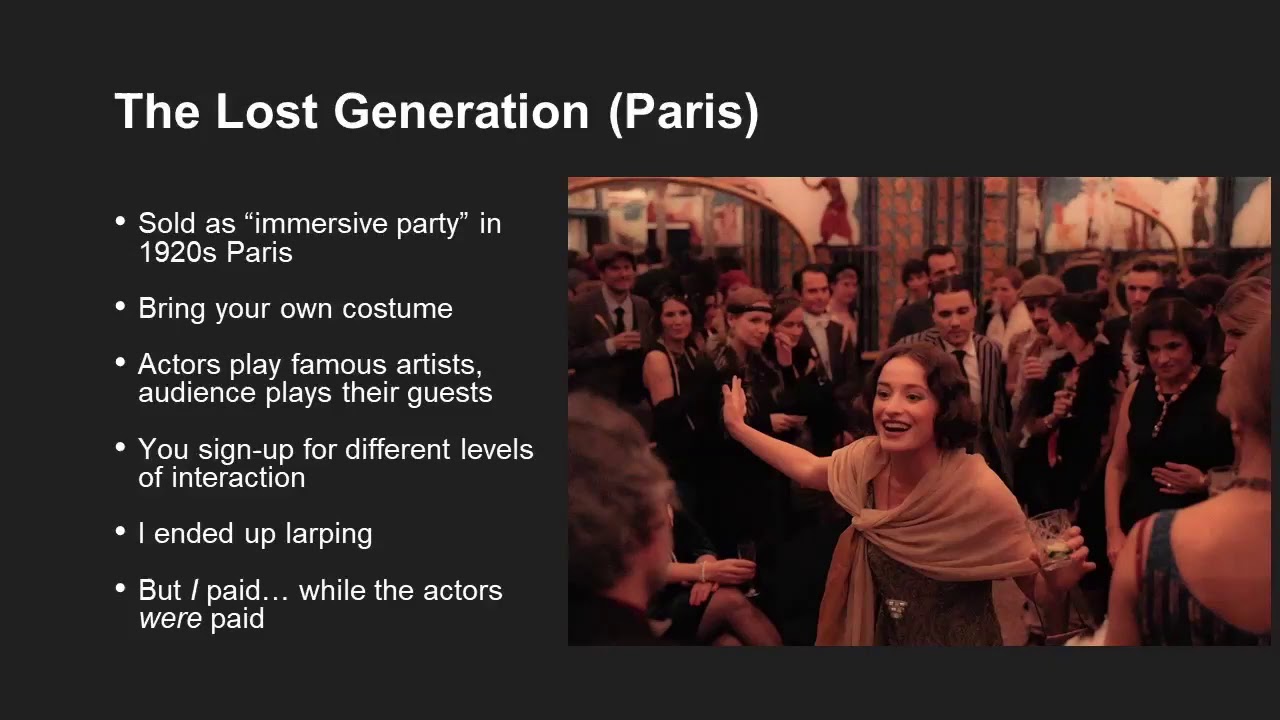
Solmukohta 2020: Is Immersive Theatre the Future of Larp?
Thomas B covers some larp-like events. Mélanie & Michael co-wrote The Lost Generation, an immersive theatre party focused on seamless narrative design.
-
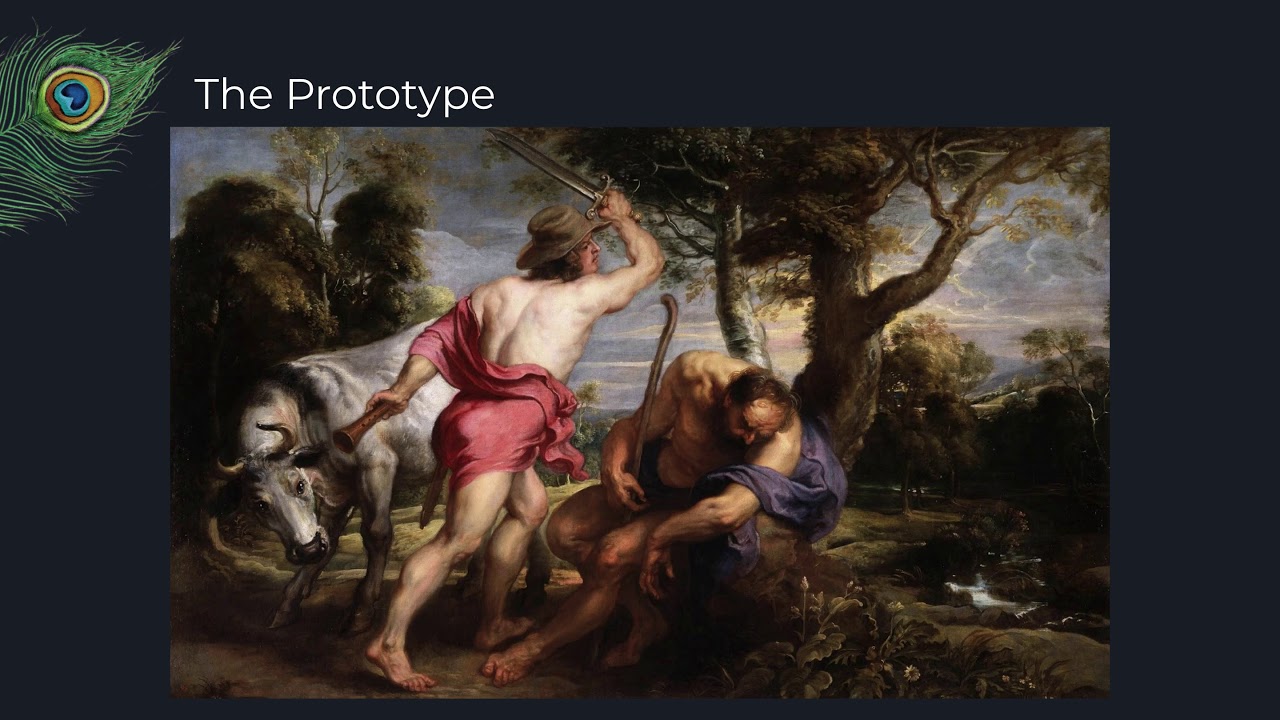
Solmukohta 2020: Chris Bergstresser – Peacock – a Global Larp Clearinghouse
A proposal, and a prototype, for a larp clearinghouse named Peacock. It includes standards for larp data and a website to share that information.
-
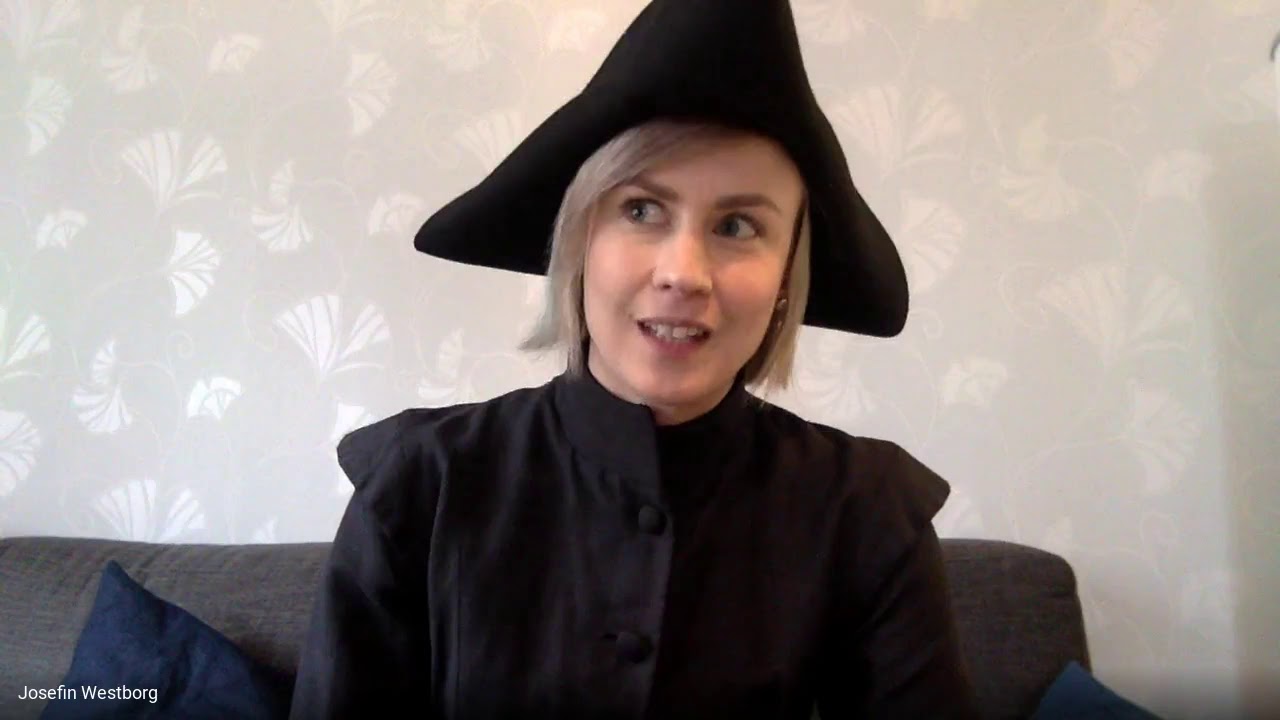
Solmukohta 2020: 500 Magic Schools for Children and Youth
This panel brings together NGOs, companies and other entities that run magic schools for kids and youth; presenting themselves and their work.
-

Solmukohta 2020: Lindsay Wolgel – Larp/Theatre Crossover in NYC
A talk about the larp/theatre crossovers currently emerging in NYC, based on projects Lindsay has been part of in the past year as a professional actor.
-

Solmukohta 2020: Eleanor Saitta, Johanna Koljonen, Martin Nielsen – Maps, Loops, and Larps
Have you ever thought about what you actually do when you larp? This talk tries to make sense of how manage information & make decisions during play.
-
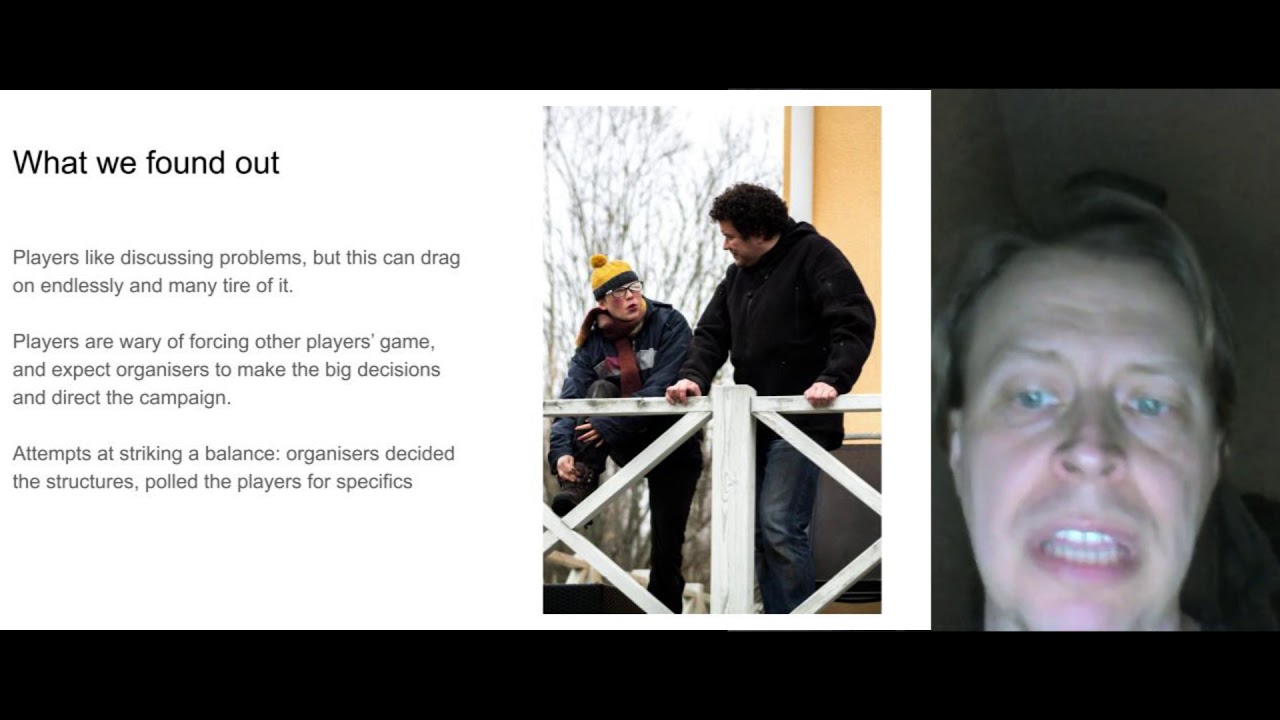
Solmukohta 2020: Shearing Sheep and Holding Ballots – Community Building in a Post-Apocalyptic Campaign
A talk about Second Year (Toinen vuosi), a 4-part larp campaign about building a community of survivors immediately following an apocalyptic pandemic.